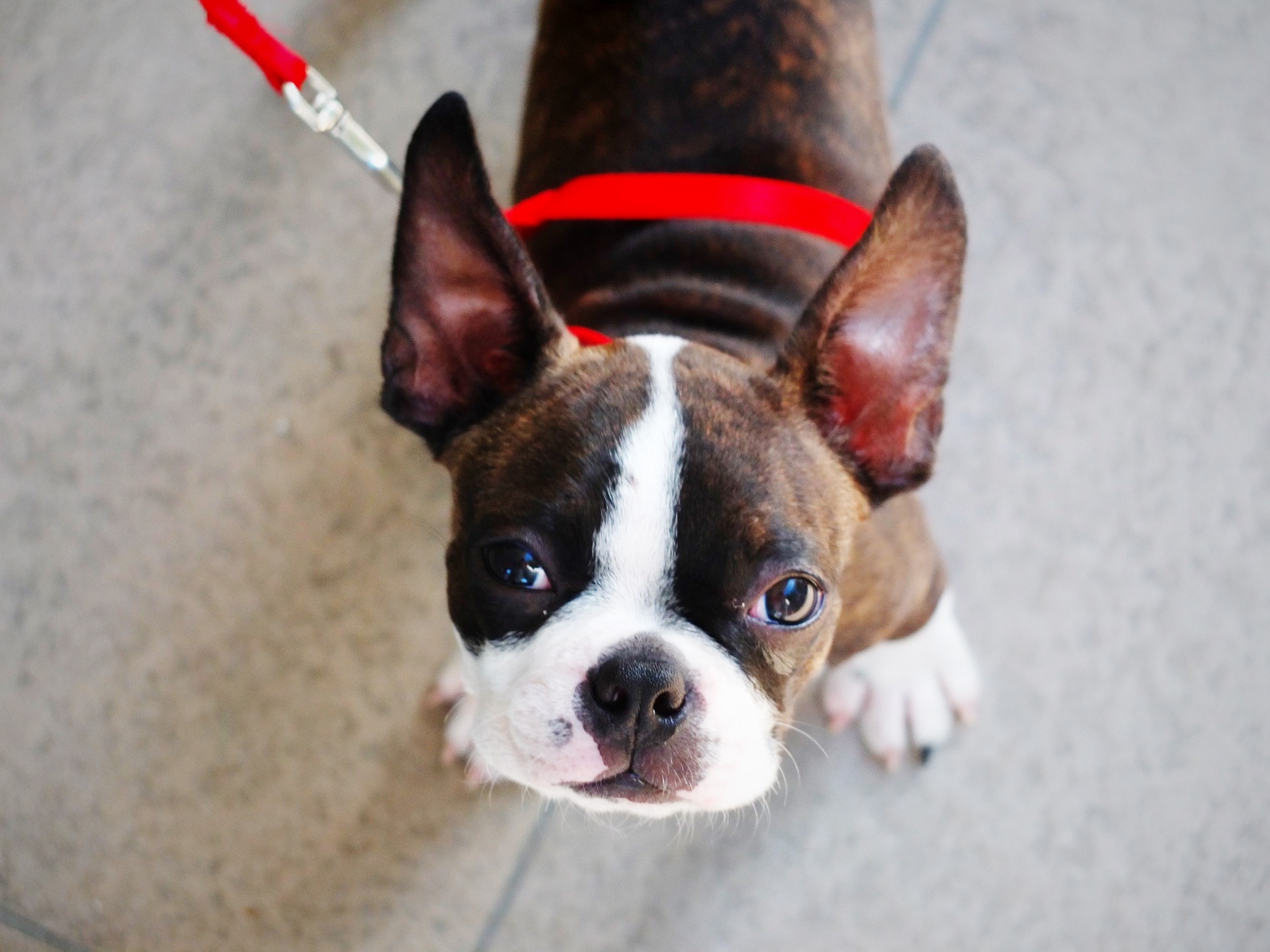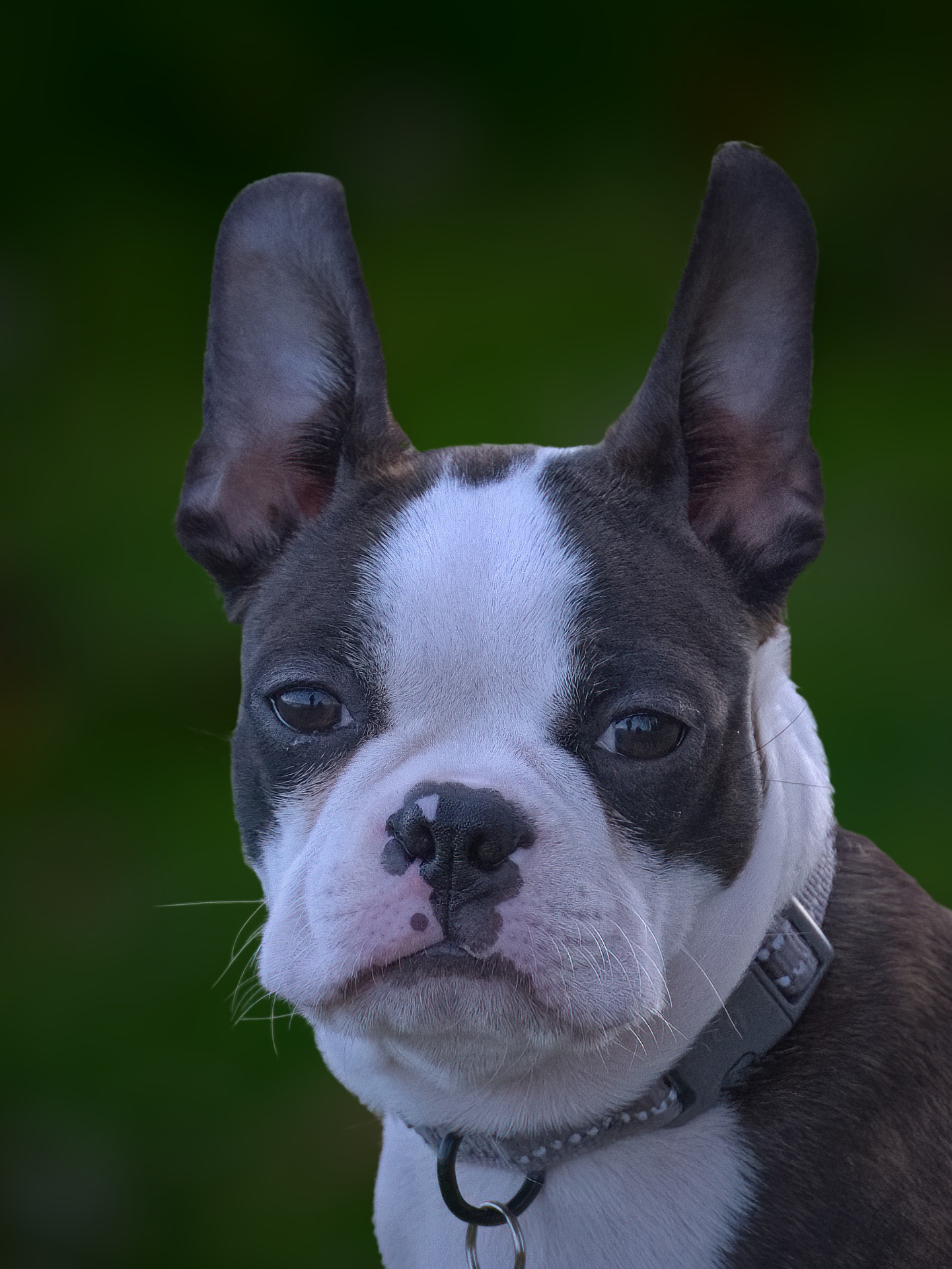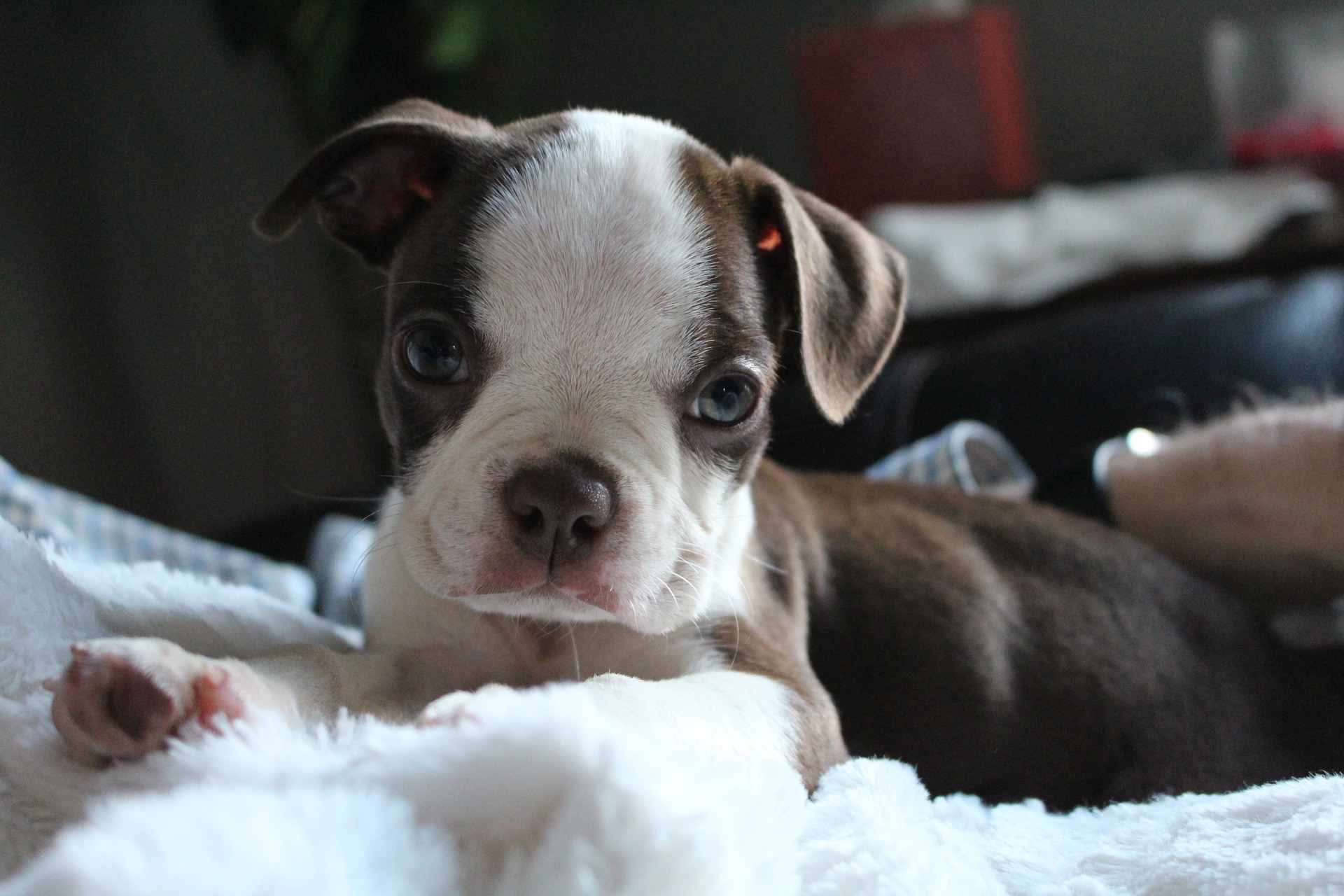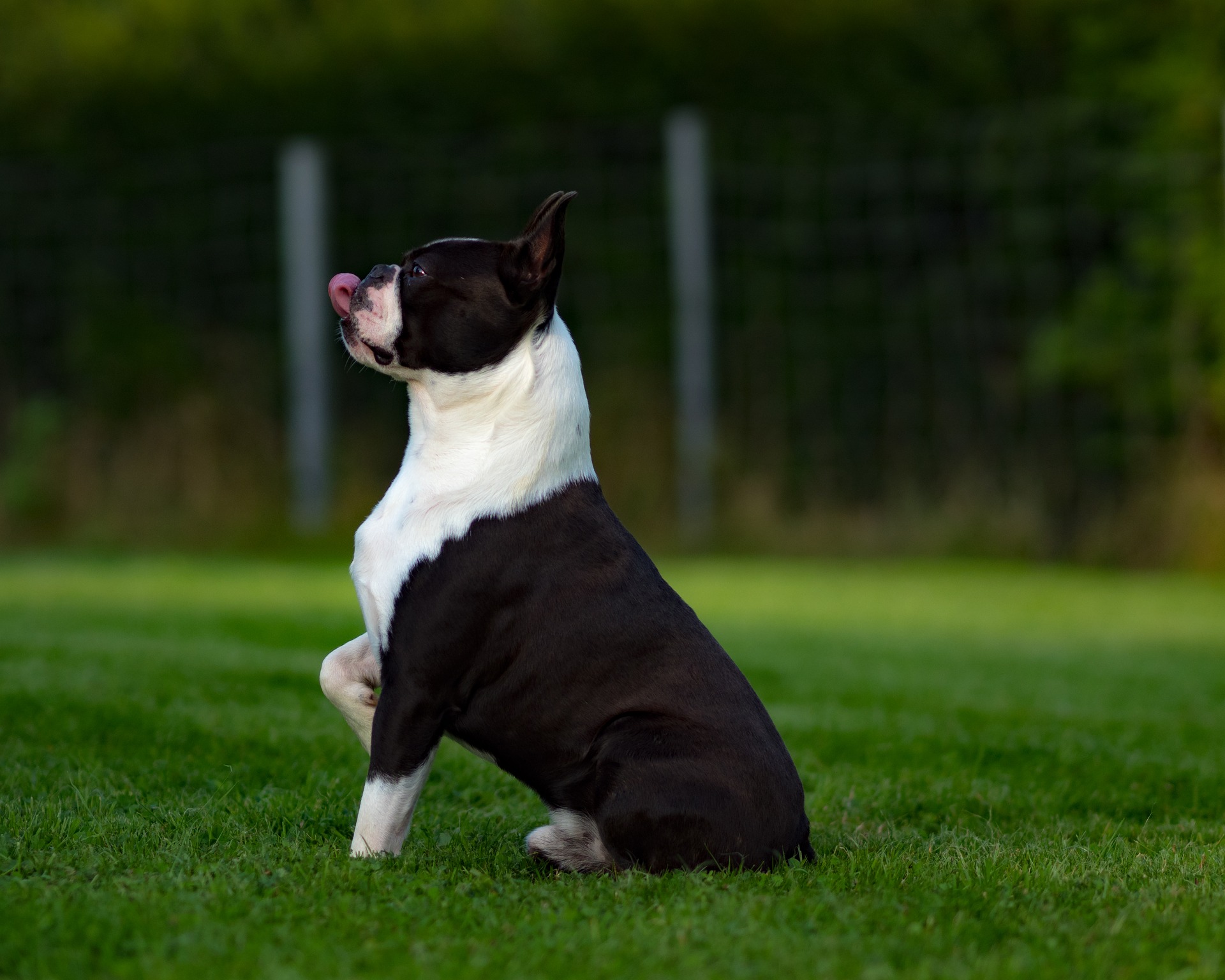The All American Boston Terrier

History isn’t always architecture, literature, or the finite things we see that remind us of a time before ours. History isn’t brick and mortar, or the words on a page that can sometimes show us a glimpse of the spirit of an age. But tactile things are static; their importance and context often eroded over the decades until someone steps in to remind us of their historical significance. Sometimes, we forget about the living reminders of our history and how they can provide a connection to a time or place long past.
Consider the Burnett House in Southborough, Massachusetts. The 13-bedroom French Empire mansion was built in 1847 for Joseph Burnett, a chemist who revolutionized vanilla extract manufacture. Years ago, the Burnett House was set to be demolished until the community spoke out against the decision because of the historical significance of the building. Soon after, there was a renewed appreciation for the building’s historical significance. It led to articles both online and in local newspapers. However, very few mentioned the Burnett House’s importance as the birthplace of the Boston Terrier. Thankfully, the breed’s fanciers have done a great job of nurturing the Burnett House’s legacy through an unbroken line of pups that can be traced back to its hand-hewn stone facade.

Joseph Burnett’s son, Edward, served a term as a U.S. congressman, but it was the life of Edward’s dog that interests us most. Edward Burnett owned Gyp, a short-faced, all-white diminutive bulldog. In the 1860s, she was bred to Judge, a dark-brindle, white-blazed English import that was significantly heavier and higher on the leg. Judge is believed to be a cross between an English Bulldog and a now-extinct breed, the White English Terrier. Their union produced only one puppy, born on the Burnett House property. That singular offspring, named Eph, wasn’t said to be particularly attractive. Still, breeders did not judge this particular book by its cover: Eph’s much more handsome offspring became the early progenitors of the modern breed today known as the Boston Terrier.
On both sides of the Atlantic, the end of the 19th Century was wrought with turmoil and innovation. The rise of a flourishing middle class and the Industrial Revolution had blurred social distinctions that previously kept people socially stratified. The benefits were not just for the humans living through the time, as dogs similarly benefitted from this newfound social mobility. Breeds like the French Bulldog and Bull Terrier were able to transcend past the dog-fighting that had unfortunately been all too common in their history. These dogs transformed into high-society companions. The road to success for the Boston Terrier was no different. This chic and modern derivative of the old-fashioned British bull-and-terrier had been bred to keep its adorably short face while keeping the solidity of the bulldog and maintaining the dash and elegance of the terrier.
In the Boston neighborhood, Beacon Hill, these terrier-and-bulldog mixes grew popular. Their care was entrusted to the coachmen of the household, many of whom came from Britain and had experience breeding livestock. They likely introduced crosses of their own, with or without their employer’s approval. Over time, this new breed steadily grew in popularity outside Boston, and traditional breeding was underway.

In England, the Bull Terrier was developed to be a gentleman’s companion. However, the Boston Terrier was a favorite among the ladies. It was a smaller size and had a gentler looking face because of the distinctly curved skull and full eyes. The former led to the dogs being referred to affectionately as “roundheads.” Although it is an apt description, the nickname wasn’t acceptable as a formal name for the breed. There were some attempts early on to call the new breed the American Bull Terrier which inevitably – and understandably – drew protest from the Bull Terrier fanciers. The breed was recognized officially as the Boston Terrier for the first time in 1893 by the American Kennel Club, making it the first of only a handful of breeds that originated in the USA.
Boston Terrier breeders arm-wrestled in the early 20th Century over what colors and markings should be permitted. There were various color differences. The shape and size of the ear separated the French Bulldog from the Boston Terrier, Frenchies being an early ancestor of the Bostons. Eventually, Boston fanciers settled on solid black or seal, which is black with a red cast in the light, and brindle as acceptable for the Boston Terrier. Some specific white markings were also requirements for the breed standard. A blaze between the eyes, a white forechest, and a band on the muzzle were non-negotiable. Additionally, if a dog had a white collar and white on the legs, all the better.

As the Victorian formality passed to tradition, the modern-minded Edwardians became more prevalent. They brought along with them the Boston Terrier, who became the country’s most popular breed in the 1910s. By the 1930s, the Boston had been dubbed the “American Gentleman,” and understandably so. In the unabashedly modern Art Deco period, with its fascination with bold outlines and geometric forms, the Boston Terrier’s clean lines and contrasting markings matched the aesthetics of the day.
To this day, the Boston Terrier retains that dapper appearance – and an unbroken line of descent from a once-threatened Southborough mansion. While the history of a breed may be forgotten, or unknown, to some, the impact of one dog on a person's life remains forever. Silver Lucy is committed to honoring the life and memories we have of our dogs, and while not every dog is as important to history as Gyp, Judge, or Eph are to Boston Terriers, every dog is individually important to the people that love them.

